Croatia year 2001 stamps Towers & Fortresses MNH **
The Croatia 2001 “Towers & Fortresses” stamp set, issued on October 26, 2001, is part of a thematic series dedicated to Croatian cultural heritage, specifically its rich collection of historic defensive structures.
This set of three stamps (according to catalog numbers 410, 411, and 412, sometimes grouped as 525-527 in other catalogs) features illustrations of notable towers and fortresses from different parts of Croatia:
- Fortress/Tower 1: A specific historical tower or fortress. (Often cited examples from similar Croatian issues include Klis Fortress, Nehaj Fortress, or towers from the walls of Dubrovnik, though the exact structures for the 2001 issue are not universally specified in general search snippets.)
- Fortress/Tower 2: Another distinct defensive structure.
- Fortress/Tower 3: A third structure, completing the set.
The stamps are generally colorful, detailed illustrations that highlight the architecture and historical significance of these medieval and Renaissance-era defenses. They are cataloged by the Croatian Post as a commemorative issue under the theme of Cultural Heritage.


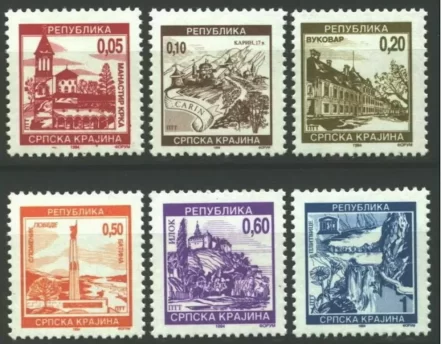




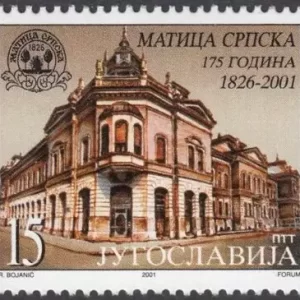
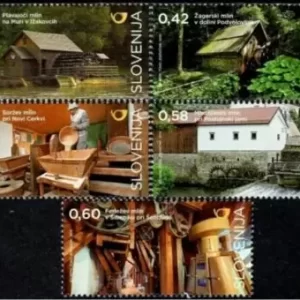
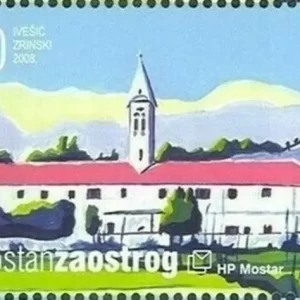
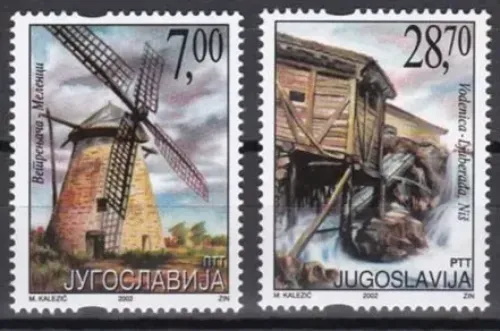

Reviews
There are no reviews yet.